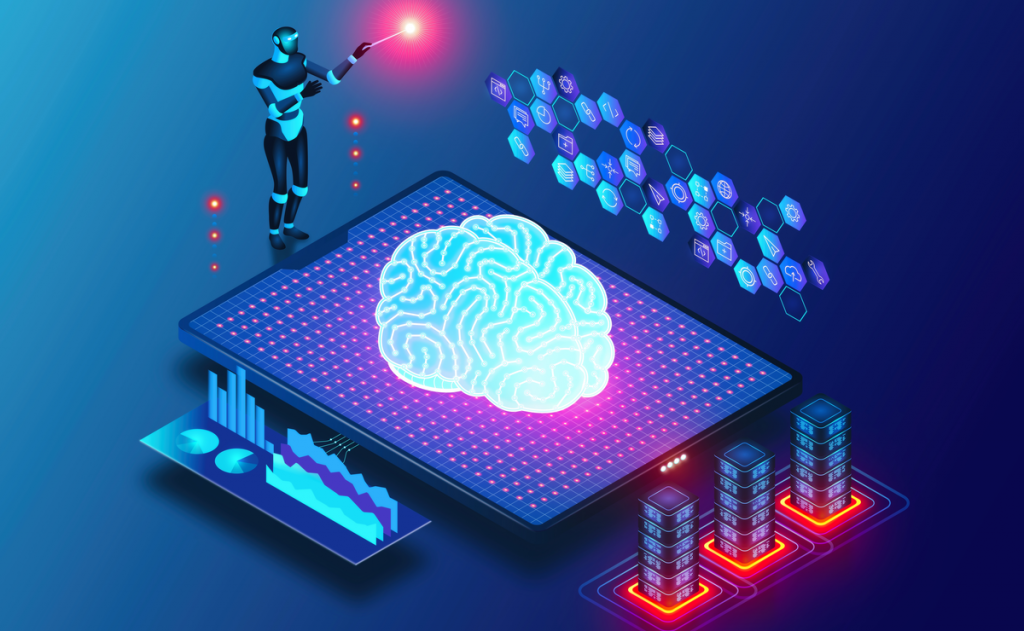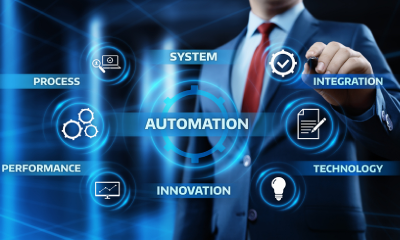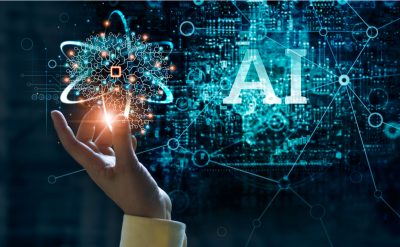The acronym AIOps has become the buzzword among IT leaders today. It is a crucial term that every organization encounters while handling the sheer amount of IT data. But what does the term mean? Is it just another tech jargon?
At its roots, AIOps refers to the application of Artificial Intelligence (AI) for IT operations. It involves the use of big data, analytics, and Machine Learning (ML) that IT teams use to predict, quickly respond to, or even use to prevent network outages.
The term was first introduced in 2017 by Gartner to explain the way data and information from an application environment are managed.
AIOps brings together the automation of management tasks and the oversight of network experts with the expertise of skilled IT pros to improve efficiencies.
It represented solutions that involved the use of ML algorithms to solve unknown IT problems. They would also intelligently predict and automate the execution of ITOPS jobs.
AIOpS has gained immense popularity over the past few years as many vendors have tried implementing this concept in their ways. Recently, Gartner redefined this term as “Artificial Intelligence for IT Operations.”
However, for many organizations, it remains a term clouded by fad, hype, and misperceptions. There are other who are entirely reliant on AIOps with overinflated expectations and a bit of magical thinking.
So before considering AIOps to solve IT challenges, it’s important to debunk some common myths about AIOps and how they can make a difference for any business.
Myths and facts on AIOPs
Myth #1 – AIOps may take away human jobs.
Reality – AIOps will support existing IT systems and allow IT professionals to tame the immense complexity and quantity of data generated by their modern IT environments.
Since the emergence of AI and ML, there’s a belief that machines may take away or replace human roles. But in reality, AIOps must be looked upon as augmented humans.
AIOps does not eliminate the need for human work; it supports IT teams to be free from firefighting and costly troubleshooting so that they can focus their attention to higher-value tasks.
With AIOps, engineers can redirect their resources to a more proactive approach. This eliminates guesswork, provides time for manual troubleshooting and costly war rooms.
Teams can, hence, get the time and space to do more productive work with efficiency and creativity, thus building better software, more resilient systems to ensure business growth.
AIOps are also capable of tirelessly and effectively detecting anomalies. They can successfully identify issues that humans are sometimes unable to detect or may have missed out through their usual visualization tools and alert policies.
Myth #2 – AIOps does not require human interaction.
Reality – Despite its fast interpretation, AIOps still require human effort to fit the platform into the environment.
We may reach a time when AIOps can solve specific problems independently, but there are gaps yet that need human assistance.
AIOps is used to detect problems, reduce alert noise, and provide engineering teams with root cause analysis to handle incident management and resolution processes.
Some observability and AIOps solutions integrate smoothly with incident management and automation platforms, allowing incident workflow automation, automatic remediation, and runbook execution.
Such steps deliver strong value, efficiency, and effectiveness. Still, value-added human knowledge is required, and know-how to define which automated workflows and runbooks must be executed based on priorities to be resolved in its full context.
Performing actions based on fully autonomous decisions on any incident is a far-fetched goal for AIOps.
Myth #3 – AIOps are complicated and a costly affair.
Reality – With various AIOp tools being available today, all of them cannot be termed as complex and expensive.
Not all AIOps tools are the same. There might be some tools that look like a black box, leaving users clueless about how their ML functions and makes correlations; others require significant time and practice for training, configuration, and onboarding.
Hence, not all tools must be labelled as complex and expensive.
In practice, reaping benefits from large existing telemetry sources and operational data, pre-trained ML models may immediately give strong and effective outcomes without any steep learning curves, training periods, or prohibitive pricing, by leveraging massive existing telemetry and operational data sources.
This makes it simple to obtain value fast allows incremental fine-tuning based on company-specific data and regulations as needed.
Myth #4 – AIOps require data scientists for implementation.
Reality – Many current AIOps platforms support a large, common set of technology and processes where data science mastery is not required.
AIOps systems initially focus on well-defined systems and frameworks to deploy applications and manage their overall process.
They prove to be beneficial in managing the systems’ complexity and scales, such as distributed applications, container or virtualization stacks, and complex networks. AIOps systems collect events in these systems to identify and prioritize them.
Over time, these systems can apply the processes they’ve learned to other systems without additional input from administrators. Ultimately, the platform can identify abnormal activities that human operators may miss.
Including data scientists in the AIOps adoption team will be advantageous as businesses mature their implementation and application of the platform to increasingly complicated applications or systems.
Data scientists can also validate the system’s output in collaboration with IT specialists. Furthermore, curated algorithms in AIOps software assist IT practitioners, in implementing ML without necessitating them to understand the complexities of the data science field, which is a significant part of what makes these systems so beneficial.
Myth #5 – Only large businesses can benefit from AIOps.
Reality – Irrespective of its size, every organization can reap the benefits of AIOps.
Thinking about the purpose of AIOps, there is no reason why a small team cannot enjoy the benefits. It can discover operational issues and correlations faster and decreases the human burden.
Often large-scale AIOps deployments that require lengthy model training and cleaning of data sets may be out of reach for a smaller company.
However, smaller engineering teams will also get immediate results and outcomes from effective pre-trained models, something they could ever really need. Thus, regardless of their size, every organization can earn the benefits of AIOps.
Conclusion
AIOps is may not be capable enough to tackle every challenge of DevOps teams or data processing, but when merged with observability and software telemetry, it presents more potential results.
Because of its vivid features like providing tangible and immediate benefits to organizations through proactive anomaly detection, root cause analysis, noise reduction, enhanced observability capabilities, and incident workflow automation have gained popularity with time.
As industries move forward, they will look beyond the myths and hype, continue to use AI, ML and data analytics for innovation and expansion of new use cases.
The businesses will embrace observability that realizes the full benefits of AIOps, be it for cybersecurity or protecting against outages to improve customer experience or write high-quality and high-performance software.
To learn more about AIOps and other similar technologies, visit our whitepapers here.














